How ICFs Improve Energy Efficiency and Reduce Utility Bills
In today’s world of rising energy costs and environmental concerns, Insulated Concrete Forms (ICFs) are becoming a popular choice for building energy-efficient structures. These innovative materials offer a range of benefits that contribute to significant savings on utility bills and a more sustainable construction approach. This comprehensive guide will delve into how ICFs enhance energy efficiency and reduce utility costs, explaining the science behind their effectiveness and providing insights into their advantages.
1. What Are Insulated Concrete Forms (ICFs)?
Insulated Concrete Forms (ICFs) are a modern construction material used to build walls and foundations. They consist of two layers of rigid insulation with a core of reinforced concrete. This combination creates a highly effective building envelope that provides both structural strength and superior thermal performance.
- Components of ICFs:
- Insulation Layers: Typically made from expanded polystyrene (EPS) or extruded polystyrene (XPS), these insulation layers form the outer and inner layers of the ICFs. They are designed to provide excellent thermal resistance and insulating properties.
- Concrete Core: The core of the ICF is made from reinforced concrete, which adds structural integrity and thermal mass. The concrete core supports the insulation and helps maintain the building's temperature.
2. Enhanced Thermal Insulation
One of the most significant benefits of ICFs is their exceptional thermal insulation. This is crucial for improving energy efficiency and reducing heating and cooling costs.
- High R-Value:
- What It Means: The R-value measures the effectiveness of insulation. ICFs generally have a high R-value, meaning they resist heat flow effectively. The R-value for ICFs typically ranges from 15 to 25, depending on the thickness and type of insulation used.
- Benefits: A higher R-value helps maintain a consistent indoor temperature, reducing the need for additional heating or cooling. This can lead to substantial savings on energy bills over time.
- Continuous Insulation:
- What It Means: ICFs provide continuous insulation around the entire building envelope. Unlike traditional construction methods, which may have gaps or thermal bridges, ICFs eliminate these weaknesses.
- Benefits: Continuous insulation prevents heat loss and gain through walls, leading to more stable indoor temperatures and improved overall energy efficiency.
3. Improved Air Tightness
Air tightness is a critical factor in energy efficiency. Leaks and drafts can significantly impact the effectiveness of insulation and lead to increased energy consumption.
- Sealed Construction:
- What It Means: The interlocking design of ICFs and the concrete core create a tightly sealed building envelope. This construction method minimizes gaps and seams that can lead to air leakage.
- Benefits: A sealed building envelope reduces drafts and air leaks, which helps maintain a more consistent indoor climate and lowers the demand on heating and cooling systems.
- Reduced Air Leakage:
- What It Means: Traditional building methods often result in air leakage through gaps in the construction. ICFs, with their solid and continuous design, minimize these leaks.
- Benefits: Less air leakage means that less energy is required to heat or cool the space. This translates to lower utility bills and a more comfortable living environment.
4. Enhanced Thermal Mass
Thermal mass refers to a material’s ability to absorb, store, and release heat. ICFs provide excellent thermal mass due to their concrete core.
- Heat Absorption:
- What It Means: The concrete core of ICFs absorbs heat from the sun during the day and releases it slowly. This process helps regulate indoor temperatures by reducing temperature fluctuations.
- Benefits: By maintaining more stable indoor temperatures, ICFs reduce the need for artificial heating and cooling, leading to lower energy consumption and cost savings.
- Temperature Regulation:
- What It Means: The thermal mass of ICFs helps smooth out temperature variations throughout the day and night.
- Benefits: This regulation provides a more comfortable indoor environment and reduces the strain on HVAC systems, further contributing to energy savings.
5. Energy Efficiency Over the Long Term
ICFs offer immediate energy efficiency benefits and contribute to long-term cost savings.
- Reduced Heating and Cooling Costs:
- What It Means: The superior insulation, air tightness, and thermal mass of ICFs lead to reduced heating and cooling requirements. This results in lower energy consumption and reduced utility bills.
- Benefits: Homeowners and businesses can expect to see significant savings on their energy bills over the life of the building.
- Durability and Longevity:
- What It Means: ICFs are highly durable and resistant to various environmental factors. Their longevity means that they require minimal maintenance and repairs.
- Benefits: The durability of ICFs contributes to long-term cost savings by reducing the need for frequent repairs or replacements.
6. Environmental Benefits
ICFs also provide environmental advantages by supporting sustainable building practices and reducing the carbon footprint.
- Reduced Energy Consumption:
- What It Means: By improving insulation and air tightness, ICFs reduce the amount of energy needed to maintain indoor temperatures.
- Benefits: This reduction in energy consumption leads to lower carbon emissions and a smaller environmental impact.
- Sustainable Building Materials:
- What It Means: Many ICFs are made from recyclable materials and have a lower environmental impact compared to traditional building materials.
- Benefits: Choosing ICFs supports eco-friendly construction practices and contributes to more sustainable building projects.
7. Case Studies and Real-World Examples
To better understand the impact of ICFs on energy efficiency, let’s look at some real-world examples.
- Residential Case Study:
- Overview: A homeowner in Florida replaced their traditional wood-framed walls with ICFs.
- Results: The new ICF walls led to a 30% reduction in heating and cooling costs. The homeowner reported improved indoor comfort and lower energy bills.
- Commercial Case Study:
- Overview: A commercial building in Texas utilized ICFs for its construction.
- Results: The building experienced a significant reduction in energy consumption, with utility bills dropping by 25%. The building also achieved a higher LEED rating for energy efficiency.
8. How to Choose the Right ICF System
Selecting the appropriate ICF system for your project is crucial for maximizing energy efficiency and cost savings.
- Consider Insulation Types:
- Overview: Different ICF systems use various types of insulation, such as EPS or XPS. Each type has unique properties and R-values.
- Advice: Consult with a professional to determine which insulation type best suits your project’s needs.
- Evaluate Wall Thickness:
- Overview: ICFs come in different wall thicknesses, which can impact their thermal performance and strength.
- Advice: Choose a thickness that balances energy efficiency with structural requirements.
- Check for Certification:
- Overview: Ensure that the ICF system you select is certified and meets industry standards.
- Advice: Certification provides assurance of the system’s performance and quality.
Upgrade Your Building’s Efficiency with BuildBlock ICF Distributor in Florida
Ready to enhance your building’s energy efficiency and reduce utility bills? At BuildBlock ICF Distributor in Florida, we provide top-quality ICF solutions designed to meet your construction needs. Our expert team is here to assist you with:
Contact us today at
(833) 422-5625 to learn more about how ICFs can transform your building project. Experience the benefits of superior insulation, reduced energy costs, and sustainable construction practices with our premium ICF systems.
FAQs
What is the R-value of ICFs?
The R-value of ICFs typically ranges from 15 to 25, depending on the thickness and type of insulation used. This high R-value indicates excellent thermal resistance and insulation performance.
How do ICFs compare to traditional insulation methods?
ICFs offer superior insulation and air tightness compared to traditional methods like fiberglass batts or cellulose. This results in better overall energy efficiency and reduced heating and cooling costs.
Can ICFs help reduce my energy bills?
Yes, ICFs can significantly lower heating and cooling costs by improving insulation, air tightness, and thermal mass. Homeowners and businesses often see substantial savings on their energy bills with ICF construction.
Are ICFs environmentally friendly?
ICFs contribute to environmentally friendly building practices by reducing energy consumption and carbon emissions. Many ICFs are made from recyclable materials, supporting sustainable construction.
How long do ICFs last?
ICFs are highly durable and can last for the lifetime of the building. Their longevity, combined with low maintenance requirements, contributes to long-term cost savings and energy efficiency.
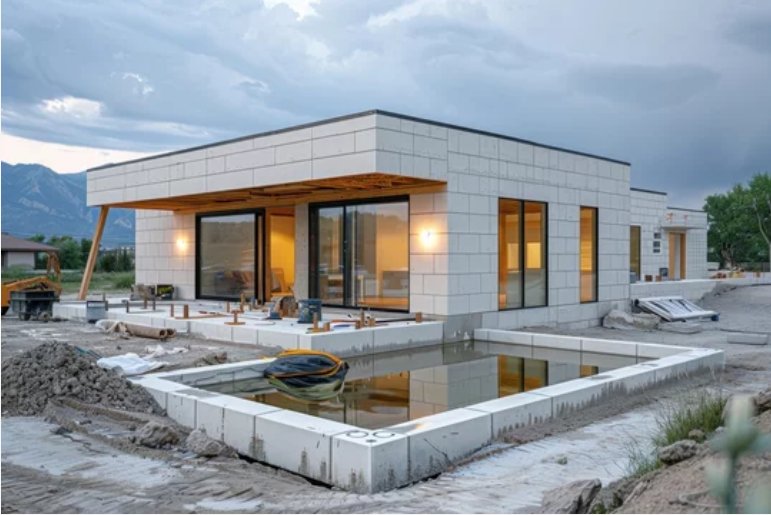
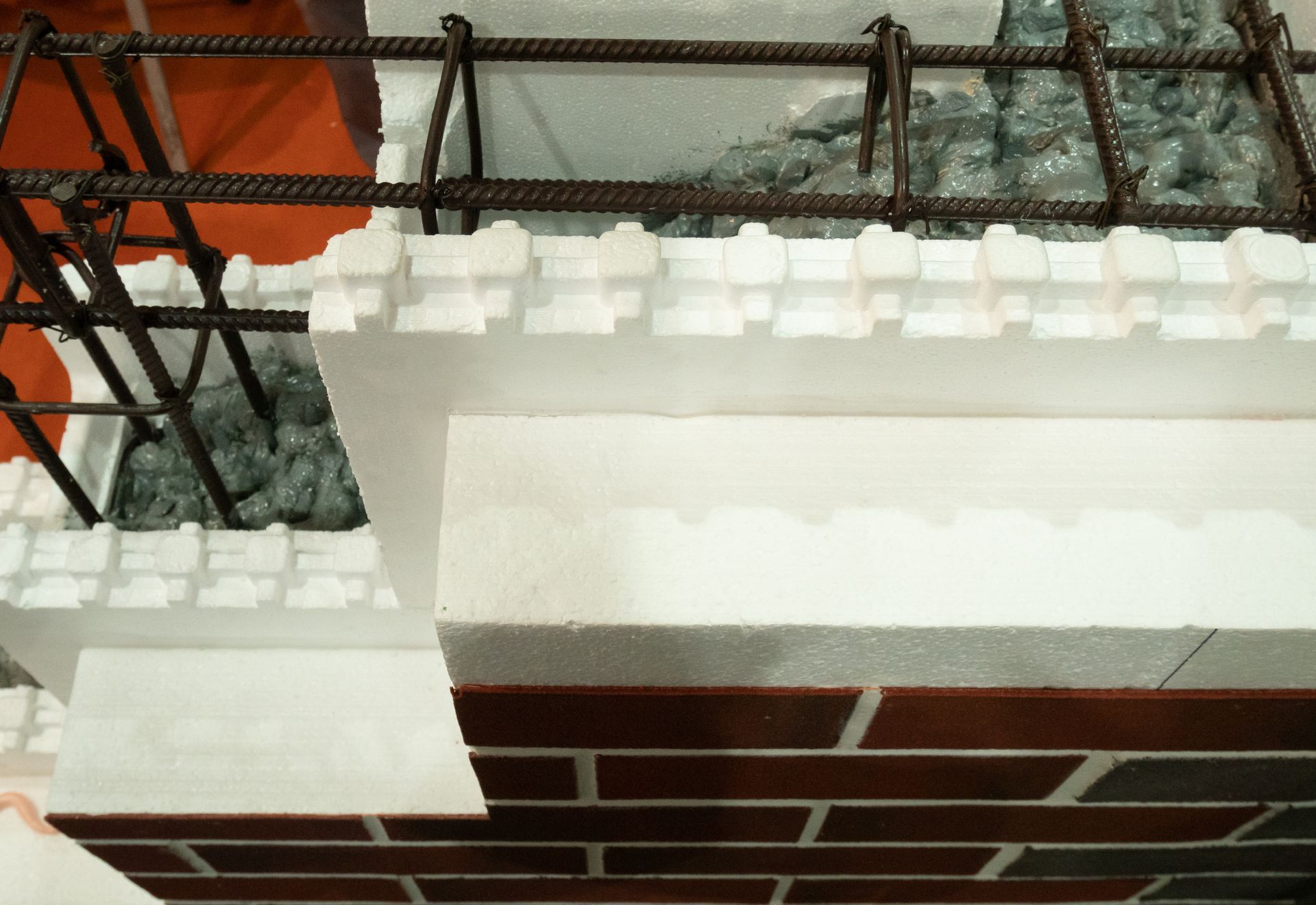
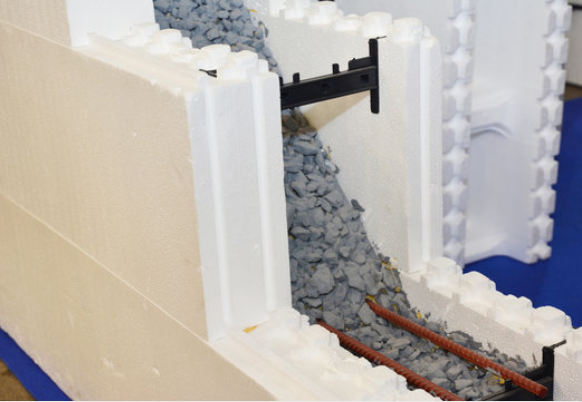
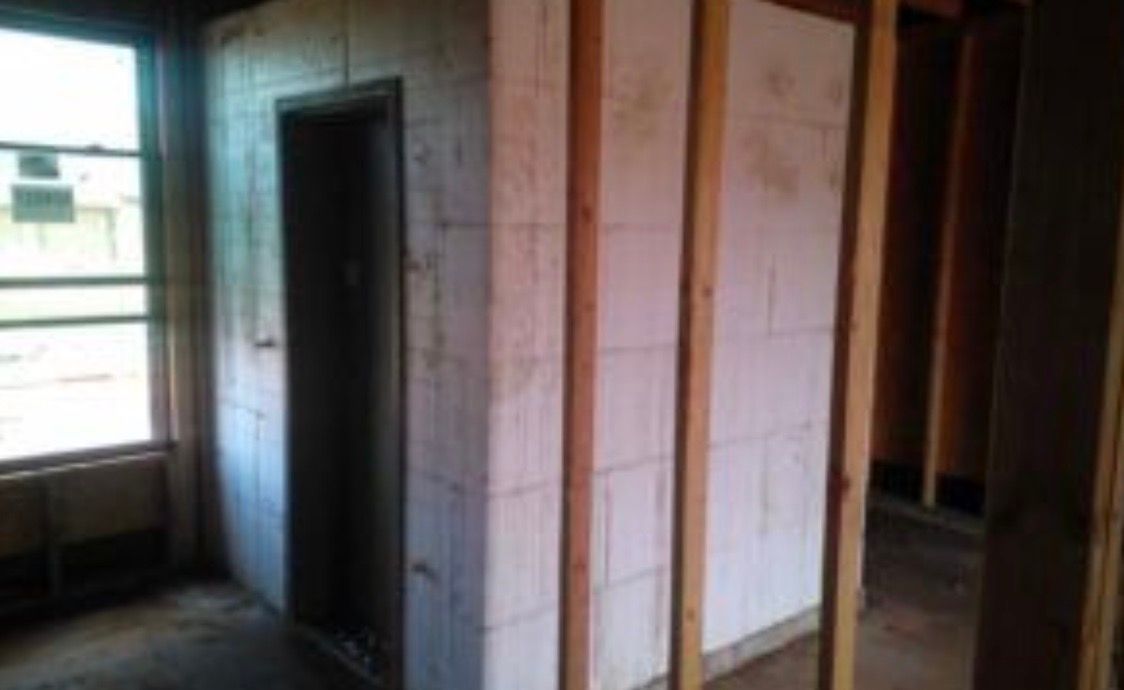
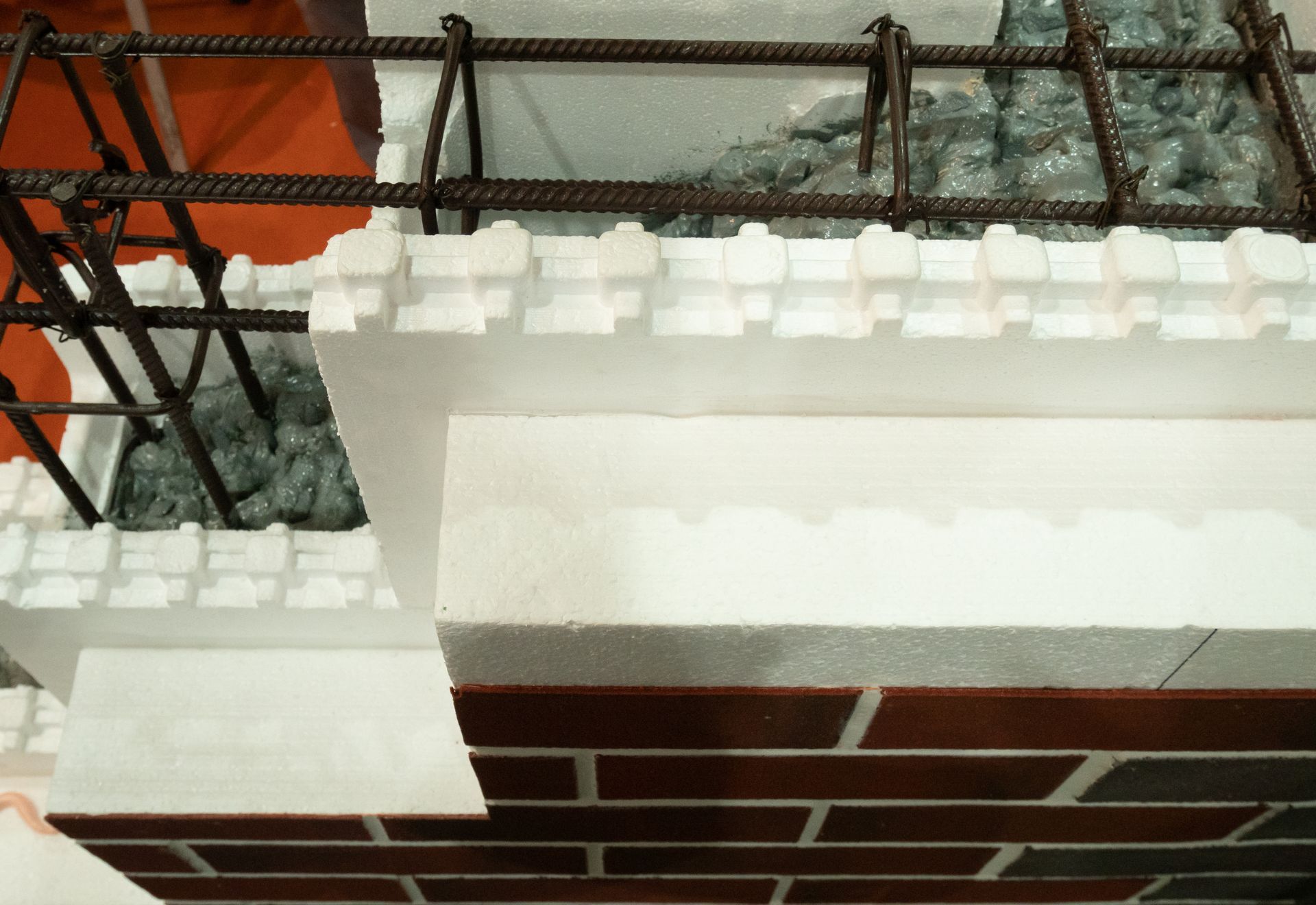
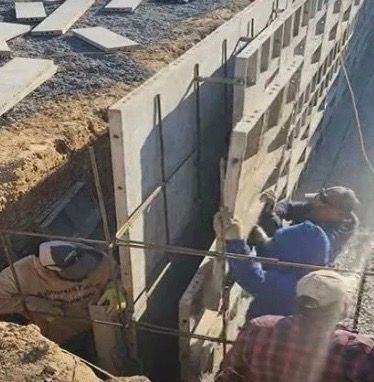
Contact Us
Feel free to reach out to BuildBlock ICF by using the contact form below.
We welcome the opportunity to connect with you and discuss how our innovative solutions can meet your needs.
Contact Us
We will get back to you as soon as possible.
Please try again later.
Copyright. Build Block ICF. All Rights Reserved.



